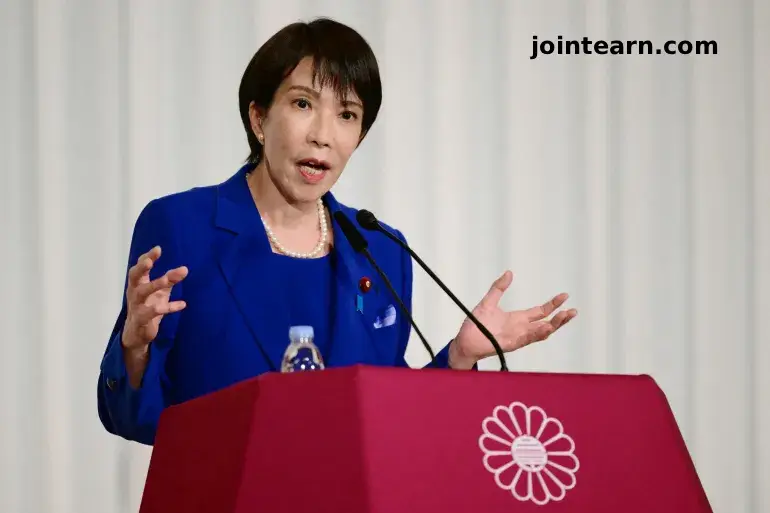
Sanae Takaichi, the newly-elected leader of Japan’s ruling Liberal Democratic Party (LDP), has decided against visiting the controversial Yasukuni Shrine in Tokyo, a decision that highlights the delicate political balancing act facing Japan’s next prime minister. The move comes as uncertainty persists over whether Takaichi will formally assume the role of Japan’s prime minister ahead of an upcoming visit by U.S. President Donald Trump later this month.
Takaichi’s Controversial History with Yasukuni Shrine
The Yasukuni Shrine, which honors Japanese soldiers who died in wars, also enshrines several convicted war criminals from World War II. Past visits by Japanese leaders to the shrine have sparked tensions with China and South Korea, countries affected by Japanese occupation and wartime atrocities.
Takaichi, 64, is an arch-conservative politician from the right wing of the LDP and has visited the shrine in the past, including during her tenure as a government minister. This time, she opted to send an offering rather than a personal visit, likely to avoid aggravating diplomatic relations with Japan’s neighbors.
The last sitting Japanese prime minister to visit Yasukuni was Shinzo Abe, Takaichi’s mentor, in 2013. Such visits have historically provoked strong reactions in East Asia and complicated Japan’s foreign relations.
Political Context: Coalition Struggles and Prime Ministerial Ambitions
Takaichi’s path to becoming Japan’s first female prime minister has faced obstacles. After winning the LDP leadership election on October 4, 2025, her prospects were complicated when the Komeito party, the LDP’s 26-year coalition partner, withdrew support.
Currently, the LDP is exploring a new coalition with the Japan Innovation Party, which would still leave them two seats short of a majority but likely enough to secure Takaichi’s appointment in a parliamentary vote, expected as early as Tuesday. Opposition parties could still present a rival candidate, though negotiations earlier in the week suggest little progress.
U.S.-Japan Relations and Trump’s Upcoming Visit
Takaichi’s decision not to visit Yasukuni also comes ahead of a scheduled visit by U.S. President Donald Trump, highlighting the importance of maintaining diplomatic stability. Trump has urged Japan to reduce Russian energy imports and increase defense spending, in addition to finalizing details on a Washington-Tokyo trade deal.
Takaichi’s political strategy seems to balance domestic nationalist support with international diplomatic prudence, ensuring she does not jeopardize U.S.-Japan relations at a critical moment.
Historical Context and Legacy of War Apologies
Takaichi’s announcement coincides with the passing of former Prime Minister Tomiichi Murayama at age 101. Murayama, who led Japan from 1994 to 1996, is remembered for the 1995 Murayama Statement, which formally apologized for Japan’s wartime atrocities in Asia. His death marks the end of an era in Japanese politics, underscoring the enduring sensitivity surrounding World War II issues and Yasukuni Shrine visits.
Leave a Reply